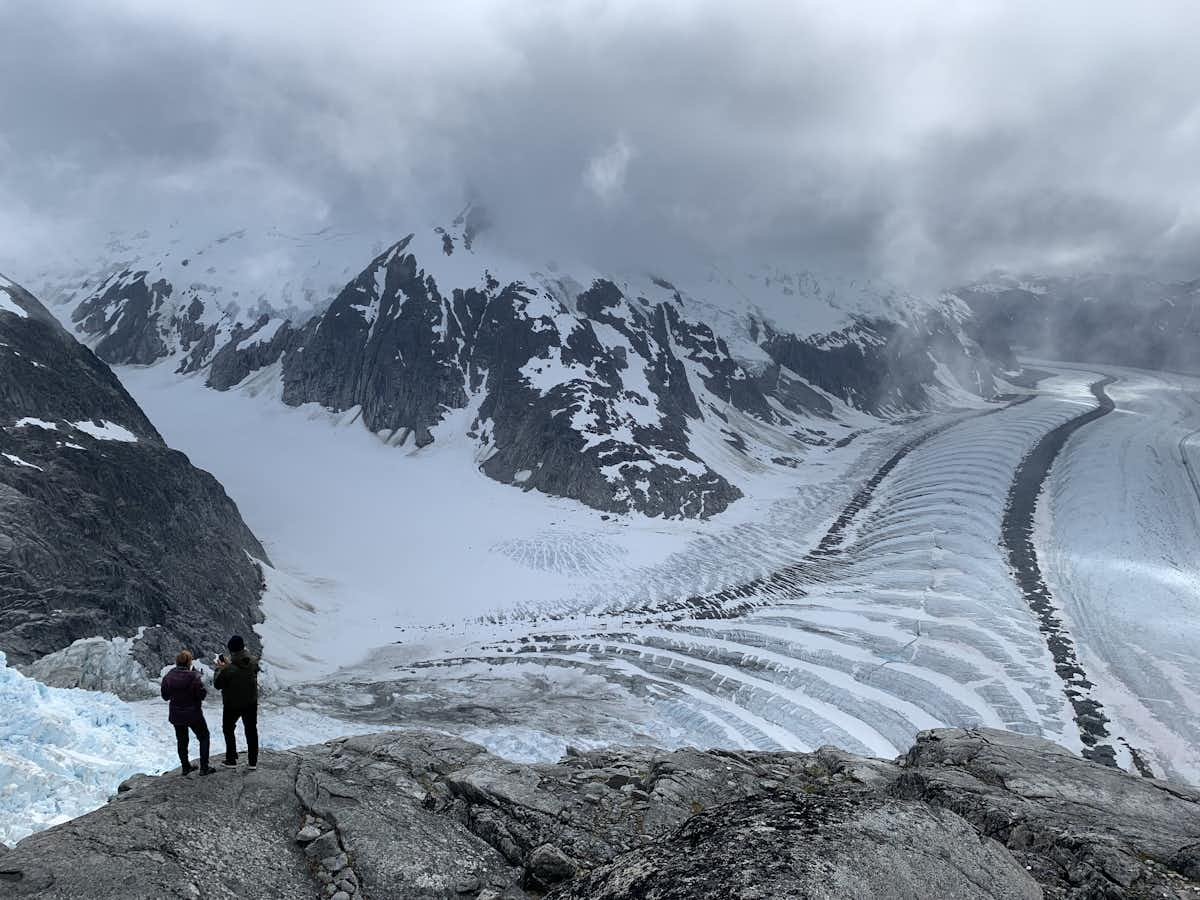The melting of one of North America’s largest icefields has accelerated and could soon reach an irreversible tipping point. That’s the conclusion of new research colleagues and I have published on the Juneau Icefield, which straddles the Alaska-Canada border near the Alaskan capital of Juneau.
In the summer of 2022, I skied across the flat, smooth and white plateau of the icefield, accompanied by other researchers, sliding in the tracks of the person in front of me under a hot sun. From that plateau, around 40 huge, interconnected glaciers descend towards the sea, with hundreds of smaller glaciers on the mountain peaks all around.
Read the full article here!

Comments
Post a Comment